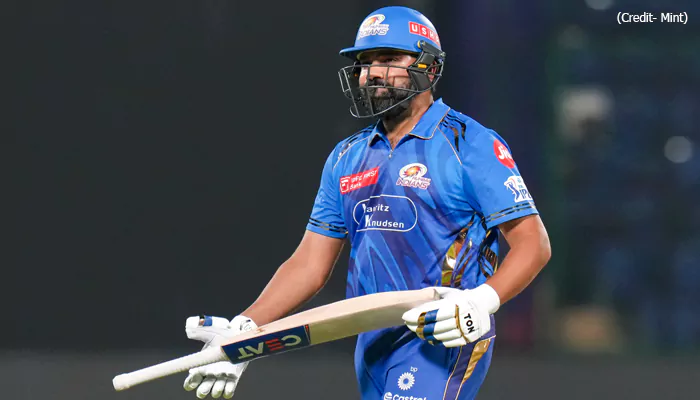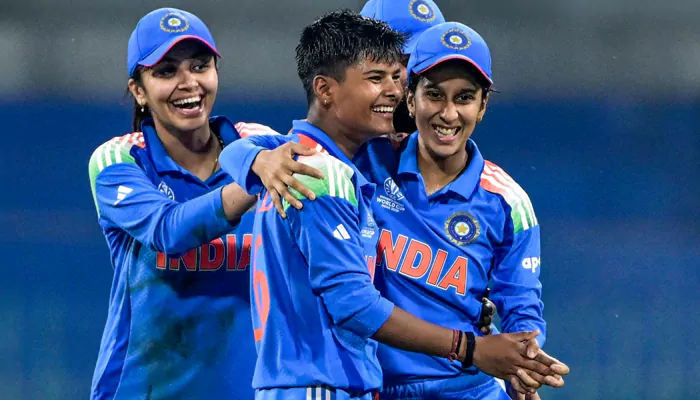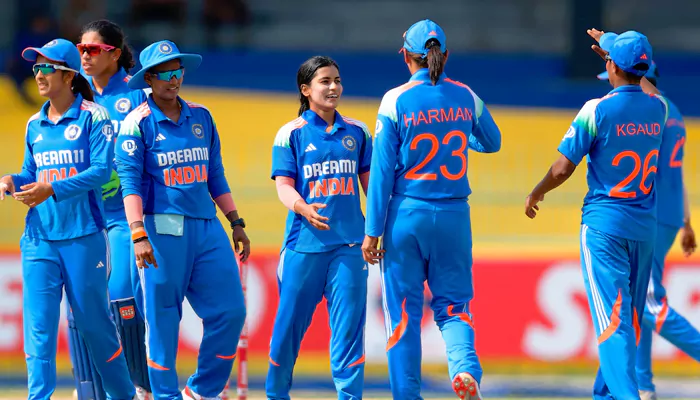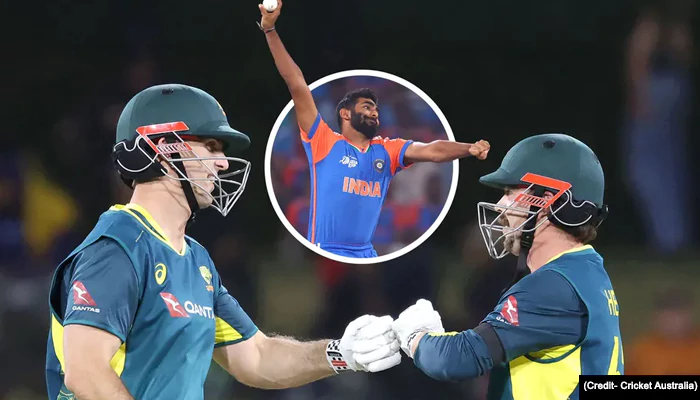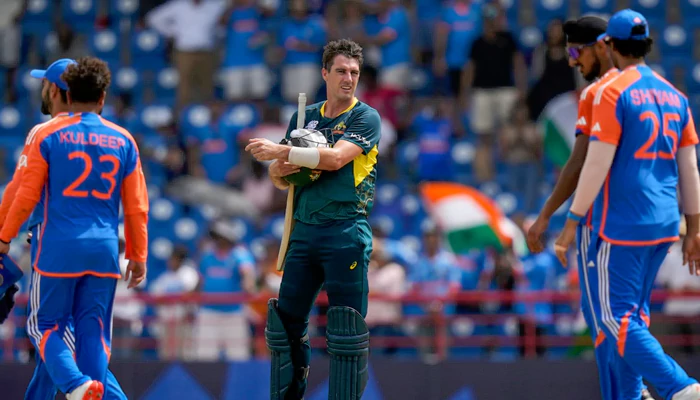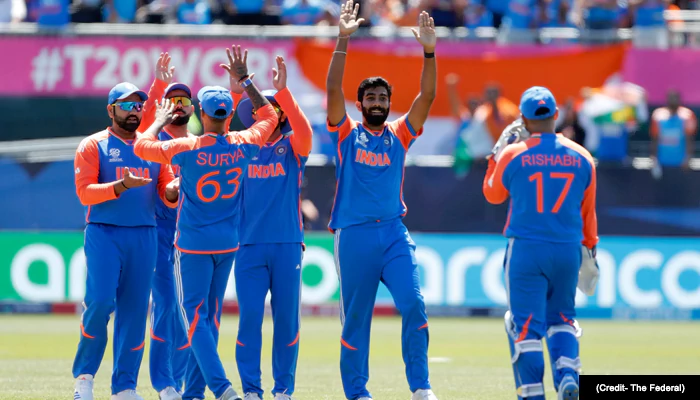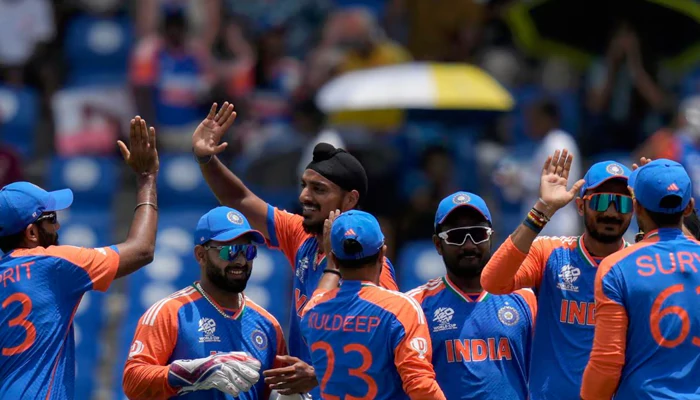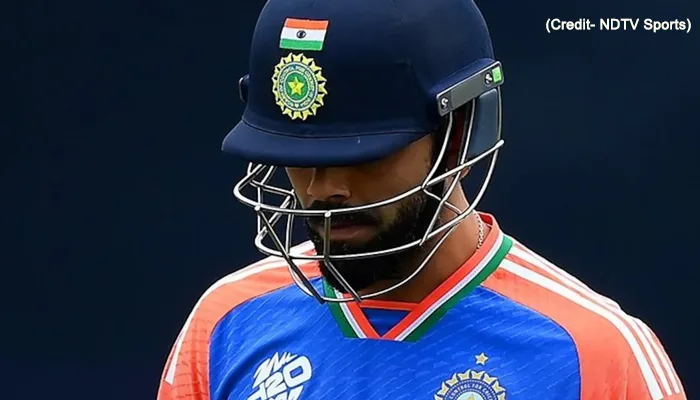Australia’s Redemption Tale: THESE 5 Game-Changing Moves That Helped Them Snatch Back the BGT
- Sayan Guha
- 9 months ago
- 4 minutes read

After nearly a decade, Australia found its mojo to triumph over India and bring the Border Gavaskar Trophy back home
When the SCG gleamed in jubilation and the legendary Baggy Green crowned new and veteran leaders, it was the result of hard work, decisions, and decisive moments. Australia’s 3-2 Bordar-Gavaskar Trophy triumph against India was a collective effort highlighted by daring calls, burgeoning stars, and classic performances. So, how did Australia defeat their nemesis? Here are five key factors.
The Konstas-Webster factor: Fresh faces, big impact
Who would have believed that two debutantes might change the series? Sam Konstas, a young prodigy, made a bold counterattack against Jasprit Bumrah in Melbourne. His scorching innings of 75 off 52 balls not only looked impressive, but it also swung the tide in Australia’s direction.
Then came Beau Webster, a towering Tasmanian who blended grace and function. His debut effort in Sydney included a significant 88 runs, three key wickets, and excellent slip fielding. His composure under duress, notably in the stressful final chase, proved to be the ideal counterbalance to India’s relentless bowling.
Cummins and Boland: Twin titans of the ball
Pat Cummins was not only a captain but an enforcer in this series. His mesmerising 5/28 at the MCG dashed India’s aspirations and established the tone for the series. Cummins was Australia’s backbone, taking 21 wickets at an average of 20.95. He delivered when it counted.
Scott Boland was Australia’s silent assassin. The consistent seamer claimed 19 wickets, including game-changing stints in Adelaide and Brisbane. His ability to keep things tight and pluck wickets repeatedly irritated India, ensuring that Australia always had the upper hand.
Travis Head’s twin centuries: The game changer
Travis Head stepped up in a series marred by a lack of runs, scoring centuries in Adelaide and Brisbane. His free-flowing stroke play derailed India’s strategy and provided Australia the advantage they required in those crucial matches.
With 468 runs in five Tests, including a match-winning 120 in Adelaide, Head provided the foundation for Australia’s innings. His ability to counterattack and change gears was a nightmare for Indian bowlers, particularly in tight situations.
Bold selection calls: A masterstroke
Australia’s selection gambles paid off spectacularly. Dropping Mitchell Marsh in favour of Webster in Sydney was one such brave decision. While Marsh had been consistent, Webster’s overall brilliance added a new dimension to the team.
Similarly, introducing Konstas at a vital time was a brilliant move. His young enthusiasm and aggressive hitting provided Australia with the spark it needed to overcome a slow start. These hazardous moves demonstrated the team management’s keen intuition and readiness to adapt.
Usman Khawaja’s leadership in crunch moments
While Khawaja’s stats were not newsworthy, his presence was essential. His 41 in the nerve-racking Sydney chase helped to steady the ship just when Australia appeared to be faltering.
Khawaja’s calm demeanour also helped guide younger players like Konstas and Webster. With over 15 years of experience, the veteran finally got his hands on the BGT and displayed his leadership abilities in high-pressure situations.
Australia Win The BGT After 10 Year #INDvAUS pic.twitter.com/m7mmX2Xsk7
— Hanuman Bishnoi (@Hanuman29__) January 5, 2025
The final piece in Australia’s glittering puzzle
This BGT victory was more than recuperating a trophy after a decade; it was about atonement. The series additionally proved that success is dependent on cooperation and courageous decisions rather than famous personalities. Konstas and Webster may have been the surprise packages, but the contributions of Head, Cummins, and Boland solidified this victory as a team masterpiece.
For the time being, Australia will take pride in their hard-earned triumph. The confetti has dropped, but the memory of their win will last until the next game. Can India rechallenge Australia in 2026? Time will tell, but this is Australia’s opportunity to shine.

